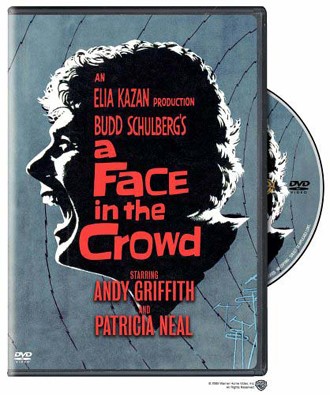|
Debasers "Slicing up eyeballs, ha ha ha ha ho!" goes the Pixies song that threatened to destroy my 18-year-old brain. It took me a year or so and access to a college-town film culture to learn that the lyrics to "Debaser" paid homage to an outrage that long predated punk rock. Un Chien Andalou (Facets), the 17-minute 1929 collaboration between Luis Buñuel and Salvador Dali, is famous for one image that still shocks: A man casually drags a straight razor across a woman's eyeball. Appalling gore would become commonplace in the '80s, but it would never again function in quite the same way: Like the Surrealist poetry and painting that surrounded it, Un Chien Andalou was made solely as a slap in the middle-class' face (not unlike punk rock, come to think of it), and its wealth of loaded images were created not to symbolize anything but simply to provoke. Seven decades later, the movie's juxtapositions and imagery still work a strange magic on viewers. Un Chien Andalou is a masterpiece - one the DVD age has finally embraced, although easy home viewing might dampen the experience. Take this advice: Don't use the pause or rewind buttons to make sure you're seeing what you think is onscreen. Sit up straight in your chair, imagine you're surrounded by the upper crust in a strange little cinema, hit play, and let your mind be warped. Buñuel and Dali collaborated again a year later, producing the hour-long L'Age D'Or (Kino). They couldn't recapture their magical working process, and the film feels more deliberate than Chien's explosion. The shocks are spread out, with connecting material that seems to want to tell a story, but doesn't. But the build-ups work to the advantage of some gags, cinematic moments that couldn't exist without a little setup. If every frame isn't seared into your brain, certain scenes may haunt your dreams. Both films create part of their provocative power by combining religious imagery with eroticism, a tactic that riles millions even when - as in The Last Temptation of Christ - its intent is anything but sacreligious. In 1989's Jesus of Montreal (Koch Lorber), though, some provocation is clearly intended: Canadian Denys Arcand's movie imagines a staging of the Passion Play for which the good-looking cast members are recruited from fashion advertisements and porn flicks. Arcand's suspicion of middle-class mores, and his unwillingness to swear he has a better plan, is spelled out more clearly in The Decline of the American Empire (Koch Lorber), a Big Chill for those whose college experience had more to do with books than keggers. A group of friends is getting together at somebody's lake house, and we eavesdrop on their conversations while the men and women are segregated: Outrageous and often mean-spirited sexual adventures, examples of intellectual vanity, and pointed history lessons are exchanged, and they're sometimes quite funny. But while Arcand's characters (who return in The Barbarian Invasions, a sequel that surpasses the original) see themselves as above the middle class, they have clearly theorized themselves into a number of corners that threaten to wreck their lives. A disgust for the white bourgeoisie turns out, unexpectedly, to be at the center of Brian De Palma's very strange early feature Hi, Mom! (MGM). The movie begins promisingly, with a young Robert De Niro moving to the big city and trying to sell himself as an art-porn filmmaker. The story is poised promisingly between arch social allegory and bustling, urban humor. With little warning, though, the film breaks into a second train of thought, following the exploits of a theater troupe that takes "sticking it to the man" a bit too literally. This angle, shot documentary-style in black-and-white, overwhelms the feature and takes far longer than necessary to make its point. By the time it hooks up with the original plot, the viewer may no longer care what's going on. Speaking of not caring: The second season of Space Ghost Coast to Coast (Warner Bros.) just came out, allowing me a chance to see something I'd only caught glimpses of before. The series obviously belongs in this group of nose-thumbers and surrealists: Repurposing a cartoon superhero as an insecure talk show host, it brings in real-life guests who spend most of their time wondering aloud why they signed up. But the joke is razor-thin, and it seems that only the stoned could enjoy the way it's padded out here. In a minor way, it has an effect similar to Buñuel's film: Where Chien stretched the sex and violence of movies to the breaking point, Space Ghost exaggerates the boredom of television to such an extent that all but the most devoted viewers will yell "Stop it! you're hurting my brain!" • By John DeFore
|
Tags:

KEEP SA CURRENT!
Since 1986, the SA Current has served as the free, independent voice of San Antonio, and we want to keep it that way.
Becoming an SA Current Supporter for as little as $5 a month allows us to continue offering readers access to our coverage of local news, food, nightlife, events, and culture with no paywalls.
Scroll to read more TV articles
Newsletters
Join SA Current Newsletters
Subscribe now to get the latest news delivered right to your inbox.














